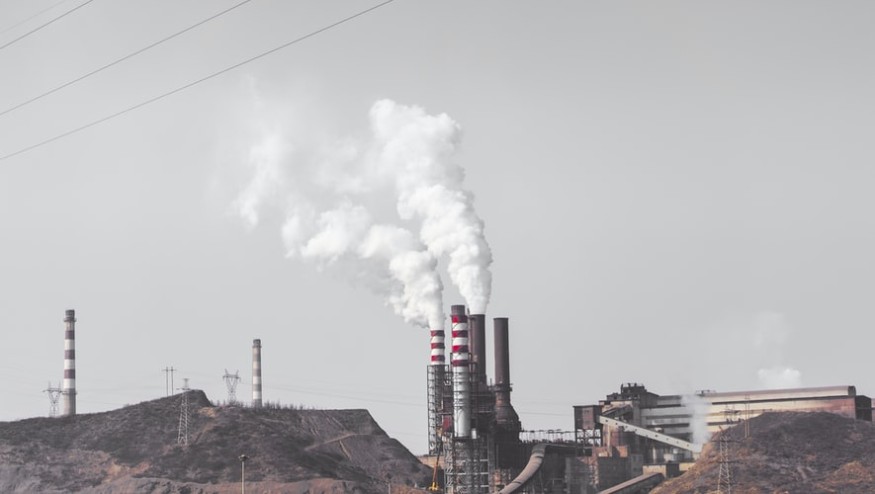As more and more countries have been committing themselves to promote global conservation and preservation efforts, many are looking for ways to combat or mitigate the worsening harmful effects of the climate crisis.

But, as many joined the advocacy, it has proved that the damages sustained by the planet are no longer minimal. Efforts and resources had to be exerted. That is necessary because it is no longer just about reducing or regulating excessive greenhouse gases in the atmosphere. Moving had to be done to remove the vast concentration of harmful gases already distributed in the atmosphere. It had to be done because the sad gases will still continue trapping heat for centuries until it totally dissipates.
Doing so would not come cheap.
Recent studies showed a possible route that the U.S government can take to ensure the reduction of harmful atmospheric gases. It involves investing in the improvement of the 'direct air capture' or DAC technology.
The study demonstrated the possible changes in the atmospheric conditions once the project will be enacted.
Direct Air Capture Technology
Removing carbon dioxide and other harmful gases in the atmosphere is nothing new. What makes modern technology better in practice than in theory is that this dangerous gas combating strategy can actually be put into practice.
The DAC refers to types of machinery that remove carbon dioxide from the ambient atmosphere. Think of it like how plants perform photosynthesis using sunlight to turn Carbon Dioxide into the fresh air that we enjoy. The DAC systems use low-carbon energy to suck in heavily polluted air and use its fans and filters to release cleaner air.
But, there's one set back on the entire DAC case. It requires large scale implementation.
Going Large Scale
A minuscule DAC machine would be costly yet still kind of insufficient.
If the problem is that it requires going large-scale, then why not just go full-on large scale? Because the large-scale needed on this project is quite large.
A trillion-dollar large.
According to one of the researchers, Ryan Hannah, the study might spend about $1 trillion per year. Not a one-time trillion-dollar investment; it's annual.
That is how much it costs to 'decolonize' the atmosphere.
To put it into perspective, $1 trillion amounts to roughly %5 of the United States' yearly GDP (gross domestic product).
"What's being done in this paper is looking at the upper extreme for what we think would be possible, even if it's a stretch," Hanna said. "It truly is an upper bound because upper bounds are instructive for showing what a crisis response could plausibly produce."
Is it necessary?
If the project is pursued in the soonest possible period. On full implementation by 2050, the DAC program can remove an average of 2.5 gigatons of Carbon dioxide per year. That is still a couple of figures shorter than the UN's 6 gigatons estimate per year to significantly make a dent in the atmospheric conditions.
It may seem way short, but it's a start and a huge one.
The good news is that 2.5 gigatons are just from the DAC systems alone; other methods like replenishing entire forests help.
It looks like machine and nature had to help each other out to finally solve the climate crisis.
ALSO READ: Man Saved From Deportation Over Reason of Air Pollution
For more news update about the climate crisis or the environment in general, don't forget to follow Nature World News!
© 2026 NatureWorldNews.com All rights reserved. Do not reproduce without permission.





